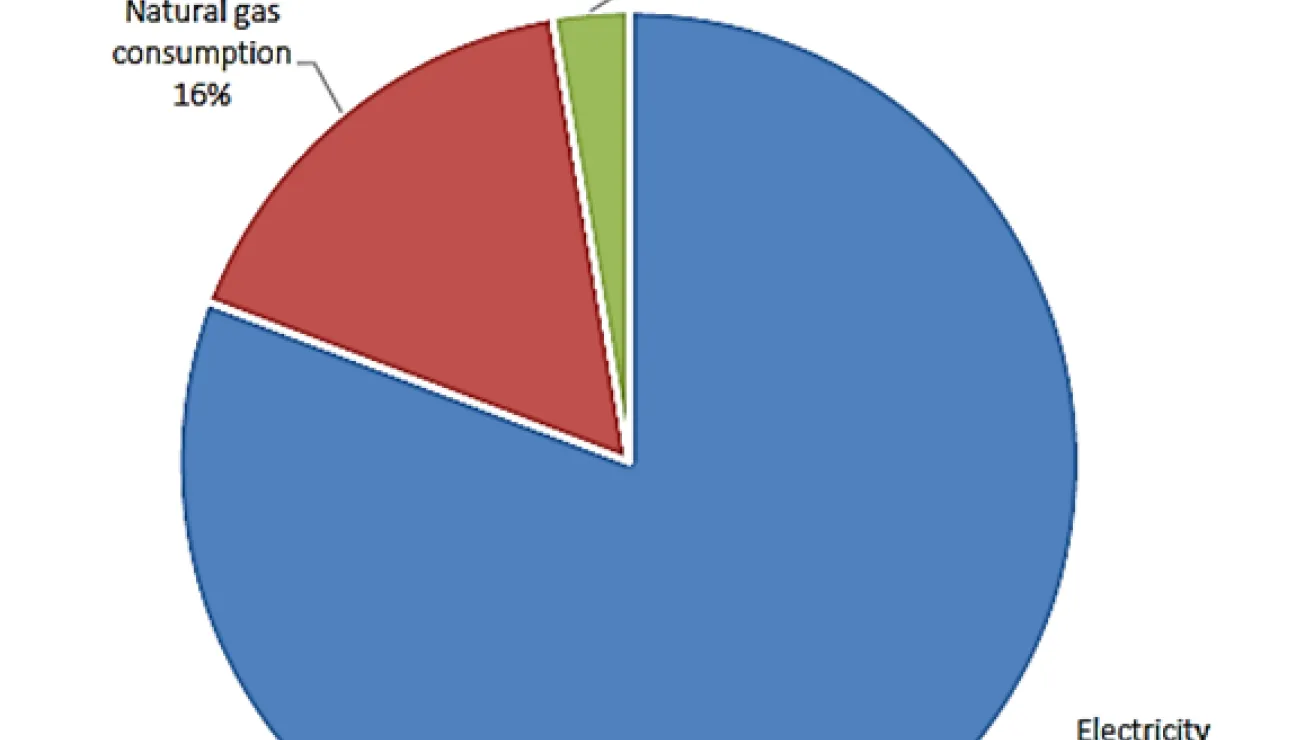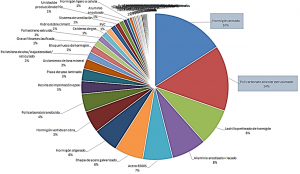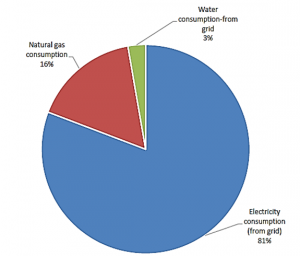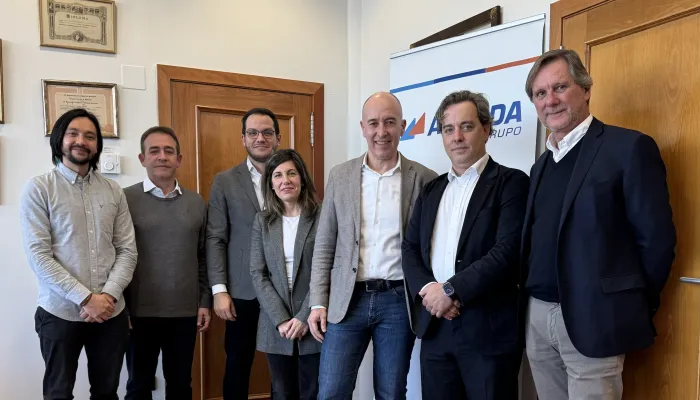CIRCE assesses the environmental behavior of 80 supported housing units in the "Las Fuentes" neighborhood of Zaragoza

Buildings generate environmental impacts throughout all stages of their life cycle, from the extraction of raw materials to their transportation, including the environmental aspects associated with the production process of the materials, the transportation of these materials to the construction site, the construction, use, and maintenance of the built structure, and finally, its demolition and the management of the waste produced at the end of its useful life.
Evaluating the environmental performance of a building considering its life cycle allows the identification of design-phase construction solutions that minimize the building's impacts throughout all stages of its existence.
This is precisely what the CIRCE technology center has done, commissioned by Zaragoza Vivienda, in the residence with 80 assisted living units located at the intersection of Fray Luis Urbano and María de Aragón streets, in the Las Fuentes neighborhood of the Aragonese capital.
In this way, CIRCE has conducted an evaluation of the building's environmental performance using software and innovative tools developed within the framework of the European projects NEED4B and Buildheat.
More specifically, impacts at the characterization level have been evaluated, taking into account the impact assessment categories of global warming potential, primary energy demand, and water demand.
For both the already executed part of the project and the part yet to be executed, an analysis has been carried out considering earthworks, foundations and horizontal sanitation, structure, roofing, masonry, continuous coatings, painting, carpentry and glazing, ventilation, heating and air conditioning, electricity, plumbing, and urbanization and exteriors.
The project develops a community facility on the ground floor connected to a green area and a surface parking area. The residential units are distributed from the first to the fourth floor. The foundation is of a deep type, and the structural system is mainly composed of reinforced concrete pillars and ribbed slabs.
The building’s enclosure is made with a ventilated façade finished with cellular polycarbonate, except on the ground floor where the brickwork is finished with mortar rendering and exterior resin coatings. The main roof uses an inverted system finished with gravel. Finally, the interior compartmentalization of the building is carried out using gero (gypsum) block partitions with mortar rendering and/or dry partitions formed by auxiliary metal structures with incorporated insulation and clad with gypsum board.
Study results and conclusions
The results of this initial study show that, considering the complete life cycle of the building, the two most significant stages in terms of impact are the product stage and the use stage, which together account for 90% of the total impact in terms of equivalent CO2 emissions. Regarding the product stage, the reinforced concrete of the structure represents 16% of the total equivalent CO2 emissions, followed by the cellular polycarbonate of the cladding, which represents 14%.

Regarding the use stage, electricity consumption represents 81% of the total equivalent CO2 emissions, followed by natural gas (16%) and municipal water consumption (3%).

If the four stages of the building's life cycle (production, construction, use, and end-of-life) are considered, reinforced concrete would account for 7.4% of the building's total emissions, and in the case of the cellular polycarbonate façade, 6.7%. It has been found that the possibility of changing materials instead of using cellular polycarbonate would significantly impact the product stage.
However, a change in the façade could alter the building's energy demand during the use stage. Thus, after conducting the analysis, it has been found that material selection should not only consider the emissions and embedded energy of the material but also involve a detailed energy simulation study of the building considering possible modifications.
Moreover, the analysis revealed that reducing the impacts of the use stage due to grid electricity consumption could be achieved by increasing the supply of electricity from renewable sources (mainly photovoltaic).
Finally, to account for the improvements that can be achieved with different options aimed at reducing the impacts of the building's product and use stages, the project recommended evaluating these solutions under the life cycle approach to avoid that an improvement in the use stage leads to increased impacts in the product stage, and vice versa.
Sustainable construction combines long-term quality and efficiency at an affordable cost while maintaining a commitment to environmental care.
Following the conclusions and recommendations provided by CIRCE in this initial study, Zaragoza Vivienda has decided to make some modifications to the building's design to reduce the environmental impacts of its construction and contribute to the decarbonization strategy of the building sector.
The actions have focused on eliminating polycarbonate from the entire project, improving the building's envelope by increasing insulation and enhancing carpentry, eliminating natural gas as a heat generation source, and incorporating hybrid solar panels (thermal + photovoltaic).
The results of the life cycle analysis of the project modifications show that the new actions reduce equivalent CO2 emissions by 16% during the product stage and by 11% during the use stage.
This represents an annual savings of 24.6 tons of equivalent CO2 emissions. This project, carried out by CIRCE, demonstrates that life cycle analysis is an essential step towards sustainable construction.
While standard construction practices are driven by short-term economic considerations, sustainable construction is based on combining long-term quality and efficiency at an affordable cost while maintaining a commitment to environmental care.
Latest news






